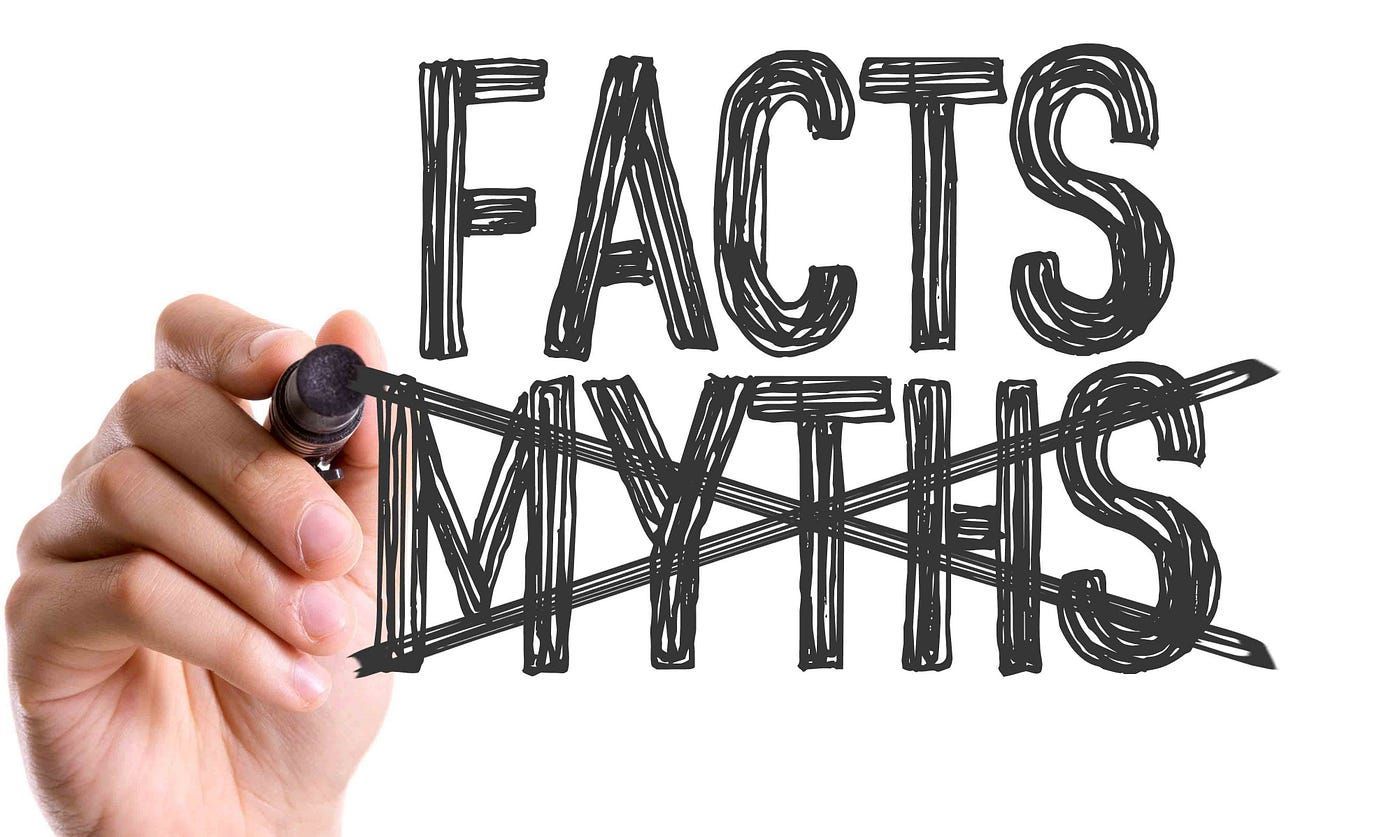How Does an ESOP Work? A Technical Guide to Implementation
Employee Stock Ownership Plans (ESOPs) represent a powerful but complex business strategy that benefits companies and their employees. While the concept may sound straightforward—employees owning company stock—the actual mechanics involve specific legal structures, financial arrangements, and administrative processes that require careful navigation.
This guide breaks down the technical components of how ESOPs actually function in practice.
The Legal Structure of an ESOP
At its foundation, an ESOP is a qualified retirement plan with specific characteristics defined by law. To understand how an ESOP works, you need to understand its legal framework.
An ESOP is:
- A tax-qualified defined contribution employee benefit plan under Internal Revenue Code (IRC) Section 401(a)
- A stock bonus plan or combination stock bonus/money purchase plan designed to invest primarily in qualifying employer securities
- Explicitly defined as an employee stock ownership plan under IRC Section 4975(e)(7)
These legal definitions matter because they establish the specific rules, limitations, and benefits that apply to ESOPs.
The ESOP Trust and Trustee Role
The cornerstone of ESOP operation is the ESOP trust, a separate legal entity that:
- Holds company stock on behalf of employee participants
- Acts as the legal shareholder of record for all ESOP-owned shares
- Receives and manages company contributions
- Tracks individual participant account balances
- Handles distributions to participants
The trustee serves as the legal owner and manager of all assets in the ESOP trust. As a fiduciary, the trustee must:
- Act solely in the best interest of plan participants and beneficiaries
- Pay no more than fair market value for employer stock
- Vote shares on major corporate issues (merger, liquidation, sale of assets)
- Monitor and ensure proper plan administration
- Maintain independence in decision-making
Companies can choose either:
- Internal trustees: Company officers or directors serving in a dual role
- Institutional trustees: Third-party professionals or financial institutions with ESOP expertise
Plan Documents and Legal Requirements
An ESOP operates through several key documents that establish its structure and rules:
Plan Document: The comprehensive rulebook that details:
- Eligibility requirements
- Vesting schedules
- Allocation formulas
- Distribution provisions
- Administrative procedures
- Amendment processes
Trust Agreement: Establishes the trust relationship, including:
- Trustee appointment and removal procedures
- Trustee powers and limitations
- Trust funding mechanisms
- Investment authority
Summary Plan Description (SPD): A plain-language explanation of the plan provided to all participants that covers:
- Plan benefits
- Eligibility provisions
- Vesting schedule
- Distribution options
- Participant rights
These documents must comply with ERISA (Employee Retirement Income Security Act) requirements, IRS regulations, and Department of Labor rules.
How Companies Fund Their ESOP
Companies can establish and fund ESOPs through different methods, each with its own financial mechanics and implications.
Leveraged ESOP Mechanics
A leveraged ESOP uses borrowed funds to purchase company stock. Here's how the process typically unfolds:
- Loan origination: The company or ESOP trust obtains a loan from a bank or the selling shareholder(s).
- Stock purchase: The ESOP uses the loan proceeds to buy company shares.
- Contribution cycle: The company makes tax-deductible cash contributions to the ESOP.
- Loan repayment: The ESOP uses these contributions to repay the loan principal and interest.
- Share allocation: As the loan is repaid, shares are released from a "suspense account" and allocated to individual employee accounts, typically based on relative compensation.
This leveraged approach allows for larger initial purchases of company stock while spreading the financial impact over time. The company effectively finances the ESOP with pre-tax dollars since contributions used for loan repayment are tax-deductible.
Non-Leveraged ESOP Contributions
In a non-leveraged ESOP, companies contribute without borrowing:
- Direct contributions: The company contributes shares of its stock or cash to the ESOP trust.
- Cash conversion (if applicable): If cash is contributed, the trustee typically uses it to purchase company shares.
- Immediate allocation: Contributions are allocated directly to participant accounts according to the plan's allocation formula.
Non-leveraged contributions typically range from 5-25% of eligible payroll annually, though contribution amounts can vary significantly based on company circumstances and objectives.
Share Allocation and Employee Accounts
Once shares enter the ESOP trust, they must be allocated to individual employee accounts following specific rules.
Most ESOPs allocate shares based on relative compensation, where:
- Each eligible employee receives an allocation proportional to their compensation compared to total compensation of all participants
- For example, an employee earning 2% of the total payroll would receive 2% of the shares allocated that year
Some plans use alternative formulas that:
- Place a cap on compensation counted for allocation purposes
- Include years of service as a factor
- Use more equal allocation methods
Allocations are subject to annual limits, which for 2024 include:
- Maximum annual addition to any participant's account: $69,000
- Maximum compensation considered: $345,000
Vesting Schedules and Employee Eligibility
Participants gain non-forfeitable rights to their ESOP accounts over time through vesting. ESOP vesting schedules must be at least as favorable as one of these schedules:
Cliff vesting: 100% vesting after no more than 3 years of service
Graded vesting:
- 20% after 2 years
- 40% after 3 years
- 60% after 4 years
- 80% after 5 years
- 100% after 6 years
Eligibility requirements typically include:
- Minimum age (cannot exceed 21)
- Service requirement (generally cannot exceed 1 year)
- Minimum hours (typically 1,000 hours within a 12-month period)
Companies must generally include all full-time employees meeting these criteria, though they may exclude:
- Collectively bargained employees (if retirement benefits were part of good-faith bargaining)
- Nonresident aliens with no U.S. source income
- Certain acquired employees (in limited circumstances)
ESOP Valuation Requirements
A crucial component of ESOP operation is the determination of stock value. Because ESOP company stock is not publicly traded, an independent valuation is required:
- Initially when the ESOP acquires stock
- Annually thereafter
- For any transaction between the ESOP and related parties
Valuation Methodologies in Practice
ESOP valuations typically employ multiple approaches, including:
Market Approach:
- Comparable public company analysis
- Comparable transaction analysis
- Industry-specific valuation multiples
Income Approach:
- Discounted cash flow analysis
- Capitalization of earnings
- Excess earnings methods
Asset-Based Approach:
- Adjusted net asset value
- Liquidation value (rarely the primary method)
The valuation considers multiple factors including:
- Historical and projected financial performance
- Industry conditions and competitive position
- Economic and market environment
- Company-specific risks and growth potential
- Control and marketability characteristics
The final valuation typically applies discount factors for:
- Lack of marketability (typically 15-35%)
- Minority interest (if applicable, typically 15-40%)
Tax Advantages and Benefits Structure
ESOPs offer significant tax benefits that make them financially advantageous. Understanding these benefits requires examining different tax treatments based on corporate structure.
C Corporation ESOP Tax Benefits:
- Company contributions to the ESOP are tax-deductible up to 25% of covered payroll for repaying principal on an ESOP loan
- An additional deduction for dividends paid on ESOP shares is available
- Interest payments on ESOP loans are tax-deductible
- Selling shareholders can defer capital gains taxation through a Section 1042 rollover by reinvesting proceeds into qualified replacement property
Section 1042 Rollover Requirements:
- The ESOP must own at least 30% of company stock after the transaction
- The seller must have held the stock for at least 3 years
- The seller must reinvest in qualified replacement property within a 15-month window
- The ESOP cannot allocate purchased shares to sellers, family members, or 25%+ shareholders
S-Corporation vs. C-Corporation ESOP Tax Treatment
S Corporation ESOP Tax Benefits:
- The portion of business income attributable to ESOP ownership passes through to the ESOP tax-free
- A 100% ESOP-owned S corporation pays no federal income tax on its operations
- However, S corporation ESOPs cannot use the Section 1042 rollover provision
This tax treatment creates significant potential benefits:
- Enhanced cash flow due to reduced or eliminated federal tax burden
- Competitive advantage through tax savings
- Accelerated debt repayment capabilities
- Increased investment capacity
For example, a 100% ESOP-owned S corporation with $5 million in taxable income could save approximately $1.05 million in federal taxes annually (at a 21% rate), creating substantial additional capital for growth or benefit enhancement.
Distributions and Diversification Rights
ESOP participants receive the value of their accounts through distributions, typically triggered by:
- Retirement (at normal retirement age specified in the plan)
- Death or disability
- Termination of employment
- Plan termination
ESOP distribution rules include:
- Distributions must begin within one year after the close of the plan year following the participant's retirement, death, or disability
- For other separations, distributions must begin within one year after the close of the fifth plan year following separation
- The plan may provide for earlier or later distributions within regulatory limits
- Distributions typically occur over a period of 5 years (longer for large accounts)
Distribution Forms and Taxation
ESOP distributions can be made in:
- Company stock
- Cash
- A combination of both
Most private companies require cash distributions to maintain control of outstanding shares. When participants receive distributions, the tax implications include:
Lump-Sum Distributions:
- Eligible for special tax treatment including 10-year income averaging for participants born before 1936
- Net unrealized appreciation (NUA) tax treatment for distributed employer securities
Installment Distributions:
- Taxed as ordinary income as received
- Not eligible for special tax treatment
Rollover Options:
- Distributions can be rolled over to an IRA or qualified plan to defer taxation
- Required minimum distribution (RMD) rules apply once participants reach age 73
Diversification Rights: Participants who are at least 55 years old with 10 years of participation have the right to diversify:
- 25% of their account during the first 5 years of eligibility
- 50% during the sixth year
- The plan must offer at least three investment alternatives
Compliance and Regulatory Requirements
ESOPs must maintain ongoing compliance with multiple regulatory requirements:
Annual Reporting Requirements:
- Form 5500 filing with the IRS/DOL, including financial statements
- Summary Annual Report (SAR) distribution to participants
- Potential independent audit requirement for plans with 100+ participants
Testing Requirements:
- Coverage testing (minimum percentage of non-highly compensated employees must benefit)
- Top-heavy testing (if 60%+ of benefits accrue to key employees, accelerated vesting required)
- Section 415 limits (annual addition limitations)
ERISA Compliance:
- Fiduciary duty adherence
- Prohibited transaction avoidance
- Participant disclosure requirements
Common Compliance Pitfalls
ESOP companies frequently encounter compliance challenges in these areas:
Valuation Issues:
- Inadequate independent analysis
- Failure to consider all relevant factors
- Inconsistent methodologies between valuations
Transaction Pricing Problems:
- Inadequate documentation of fairness
- Failure to consider control premiums or discounts appropriately
- Conflicts of interest in transaction approval
Administration Errors:
- Incorrect allocation calculations
- Eligibility determination mistakes
- Late or missed distributions
- Improper handling of forfeitures
Documentation Deficiencies:
- Outdated plan documents
- Missing corporate records authorizing contributions
- Inadequate participant communications
Avoiding these compliance pitfalls requires careful planning, professional administration, and regular review of ESOP operations.
Contact ESOP Consulting Group for Expert Implementation Guidance
Implementing and managing an ESOP requires navigating complex legal, financial, and administrative requirements. While this guide provides a technical overview, each company's situation demands customized analysis and planning.
ESOP Consulting Group specializes in helping businesses implement and manage successful ESOPs. Our team understands the technical requirements, regulatory landscape, and practical considerations necessary for ESOP success.
Contact us today for a consultation to explore how we can help you navigate the technical aspects of ESOP implementation and administration for your company.
This guide provides technical information about ESOP operations. For advice tailored to your specific situation, please consult with qualified ESOP professionals who can address your company's unique circumstances.
Share this article





